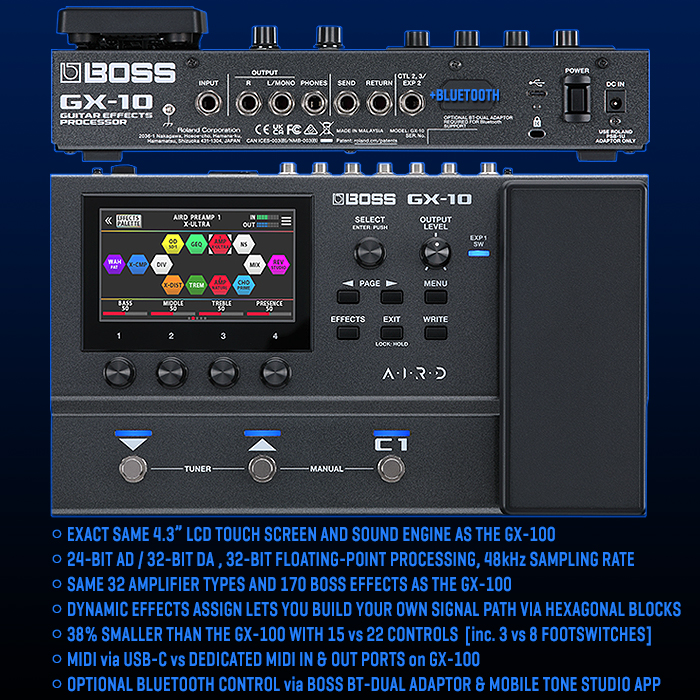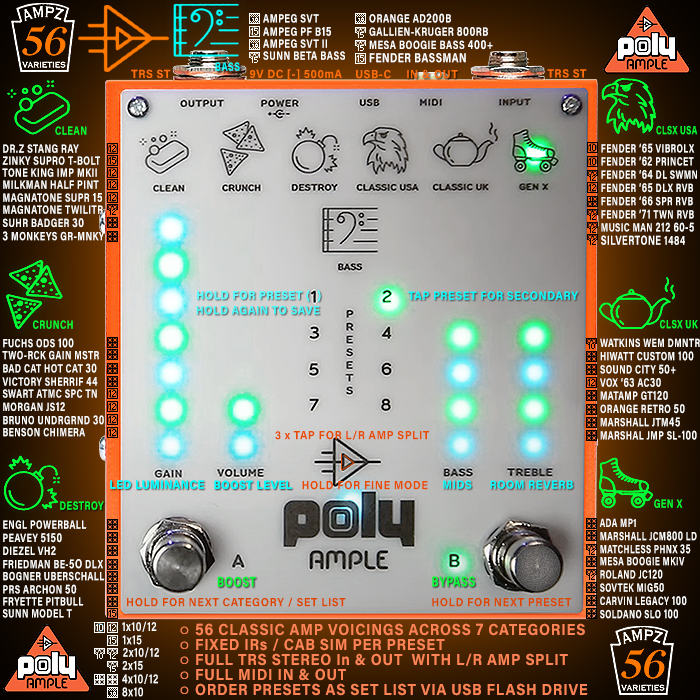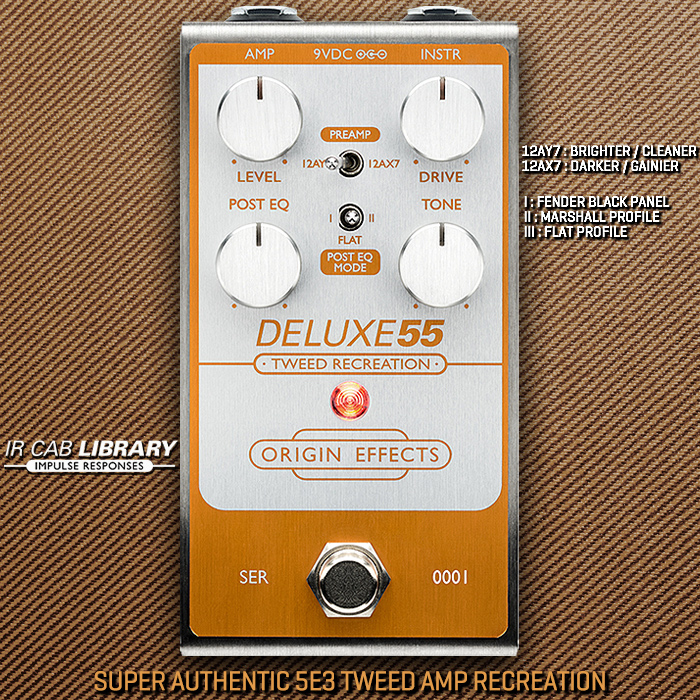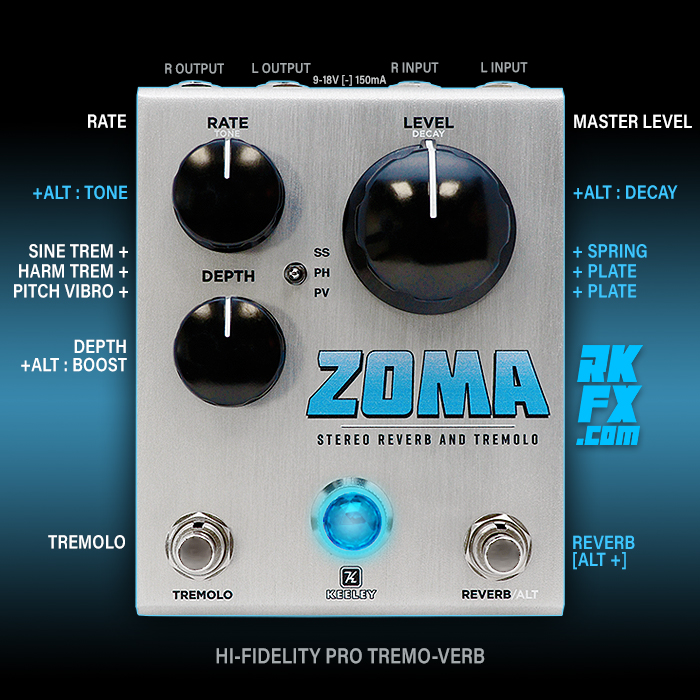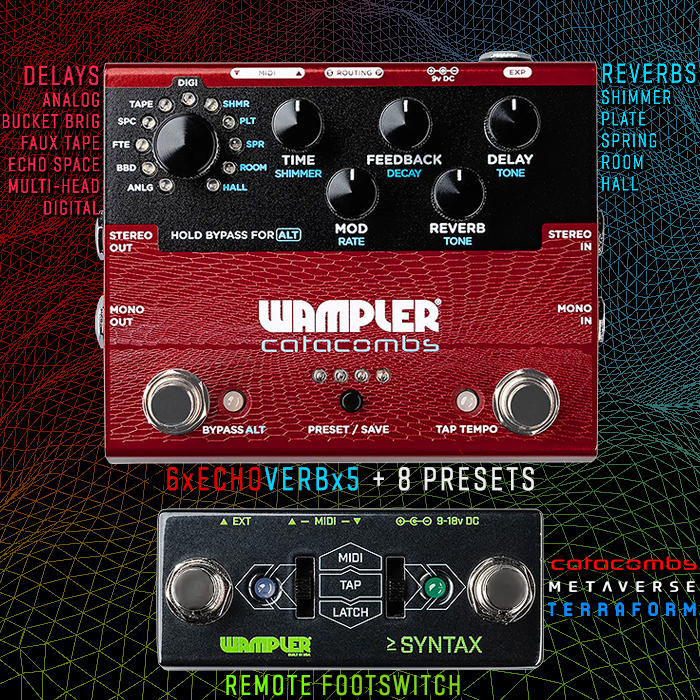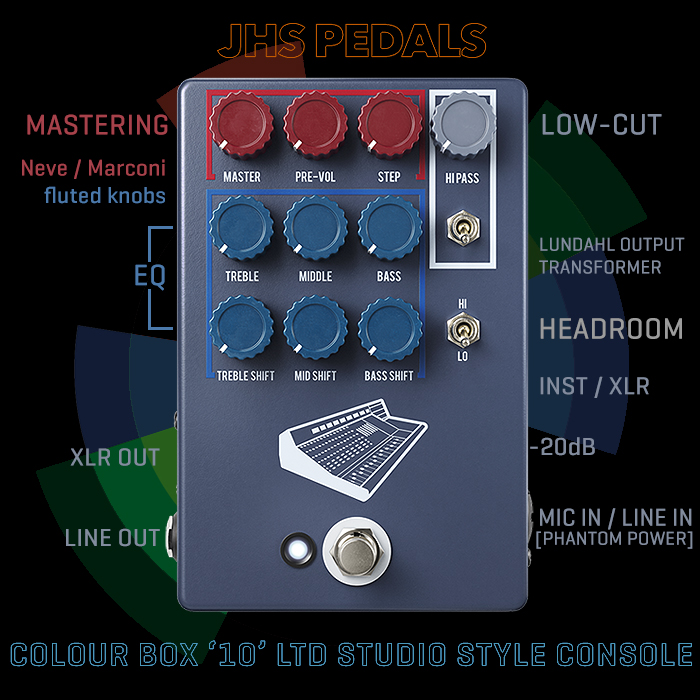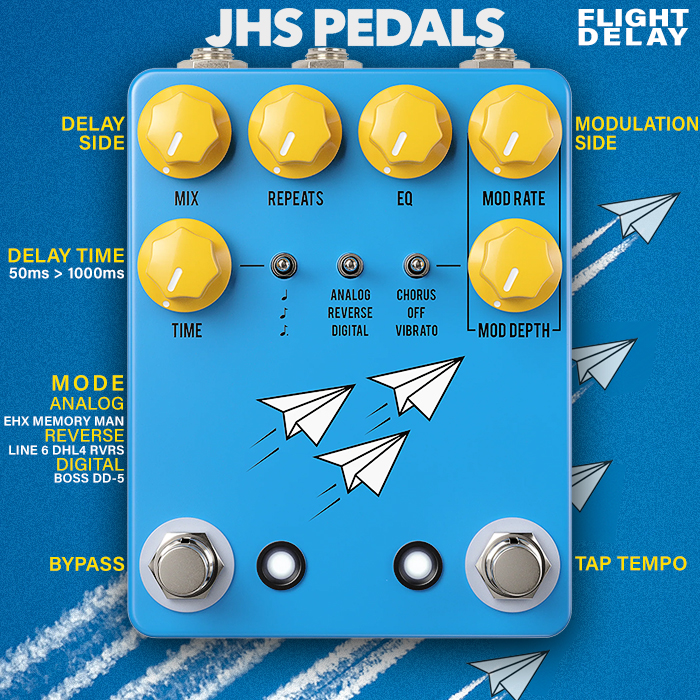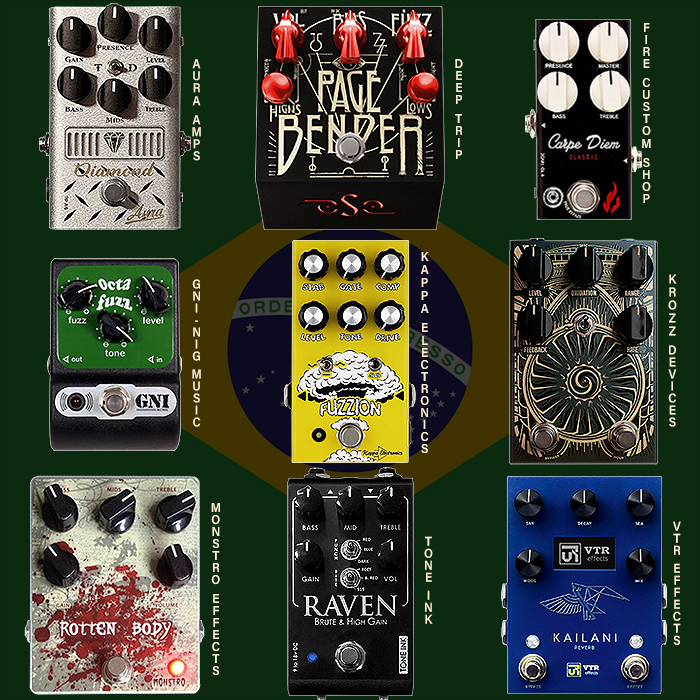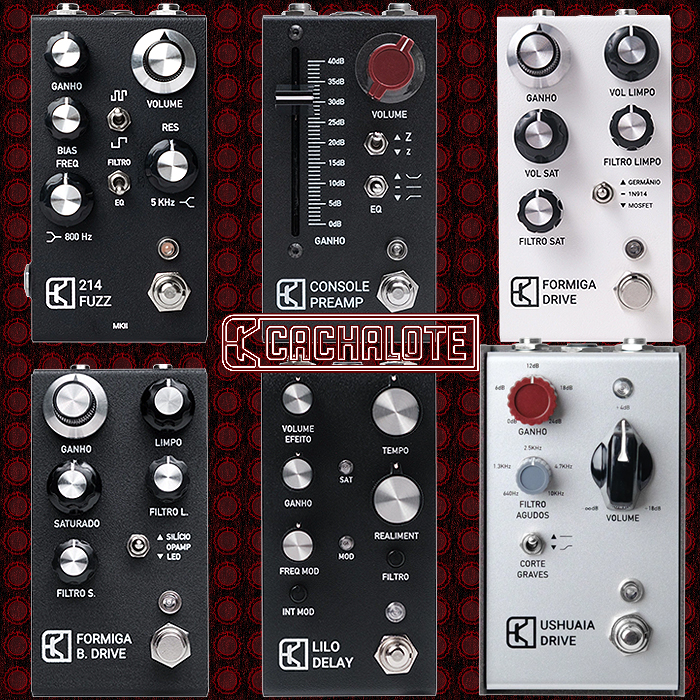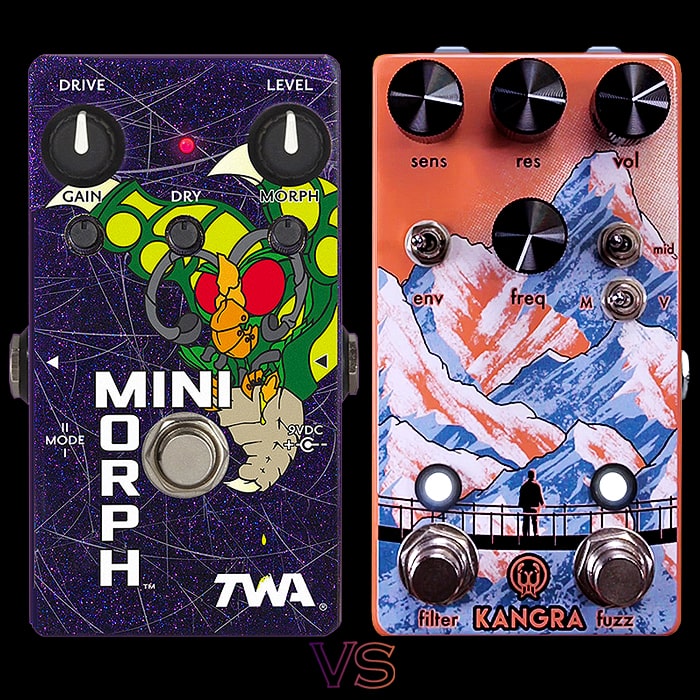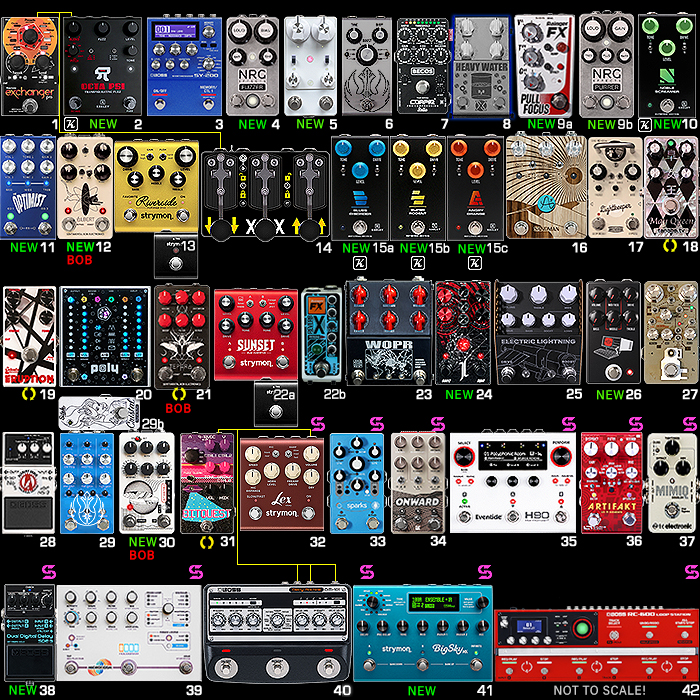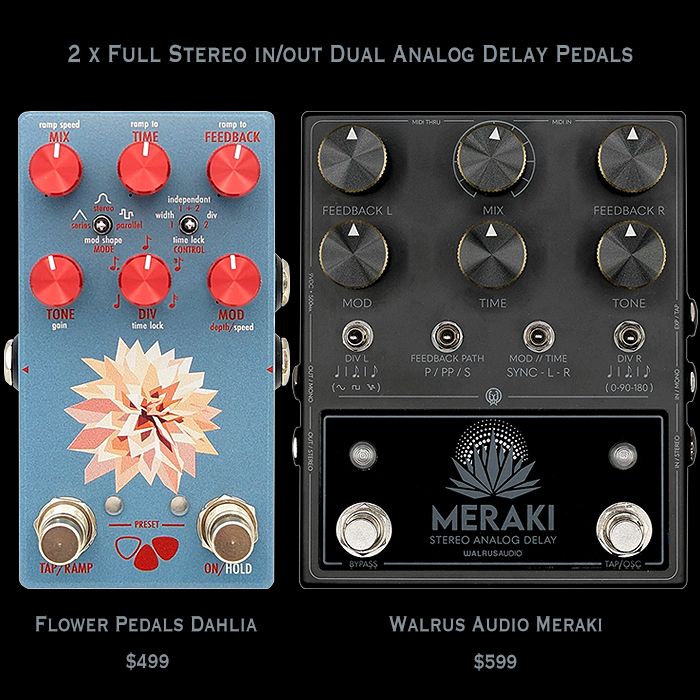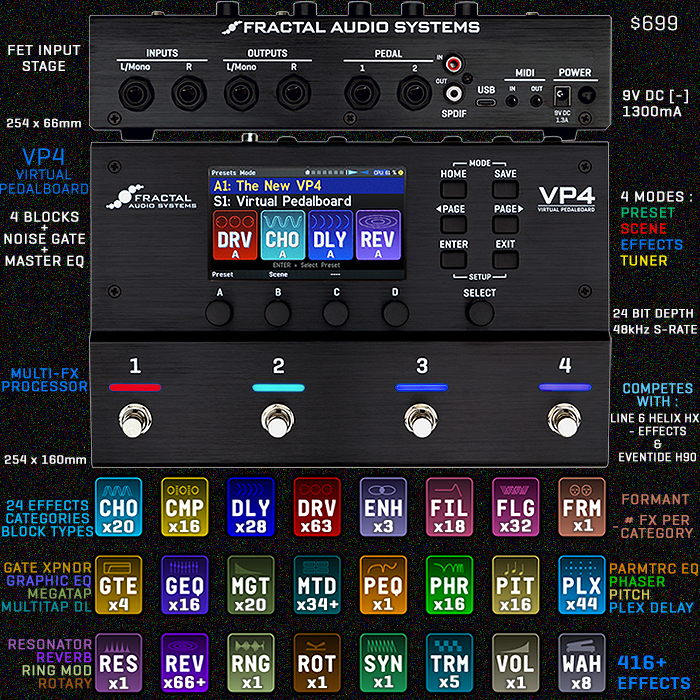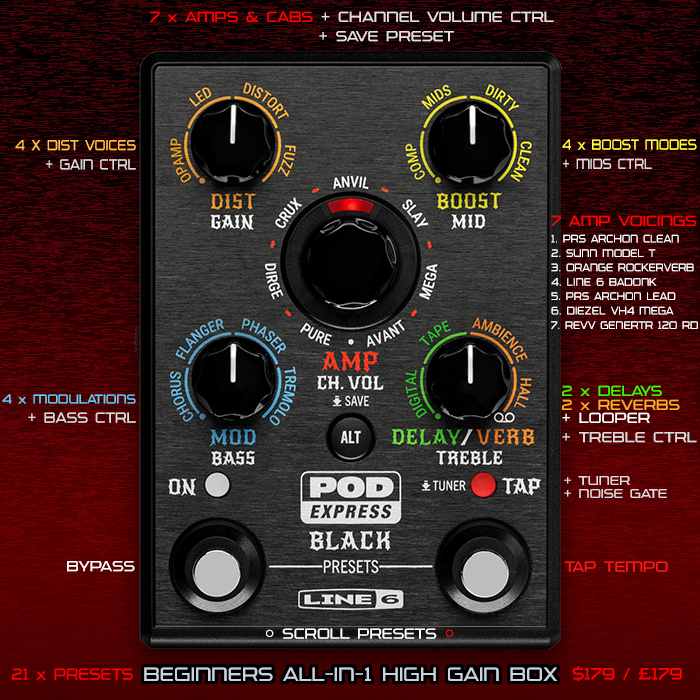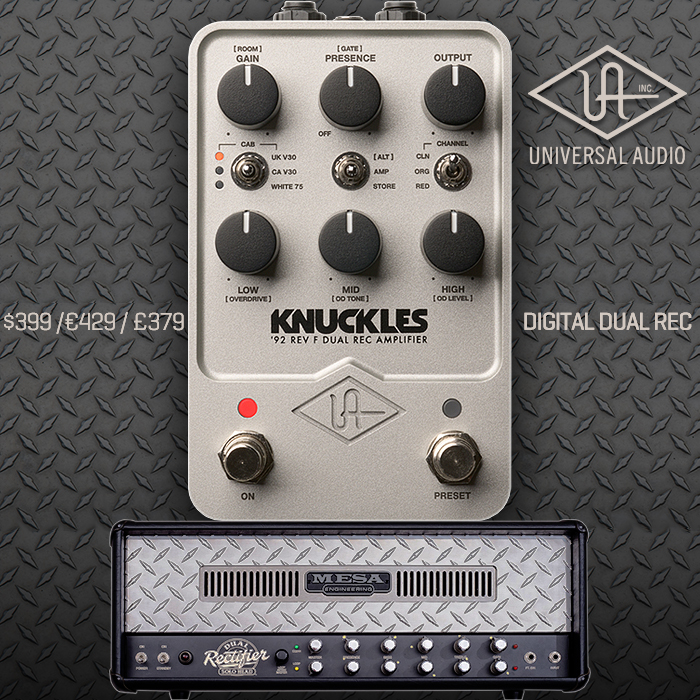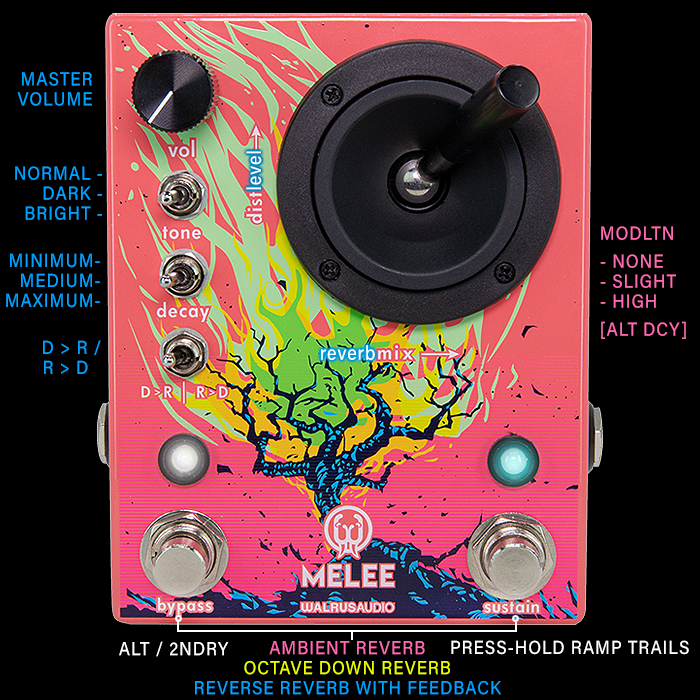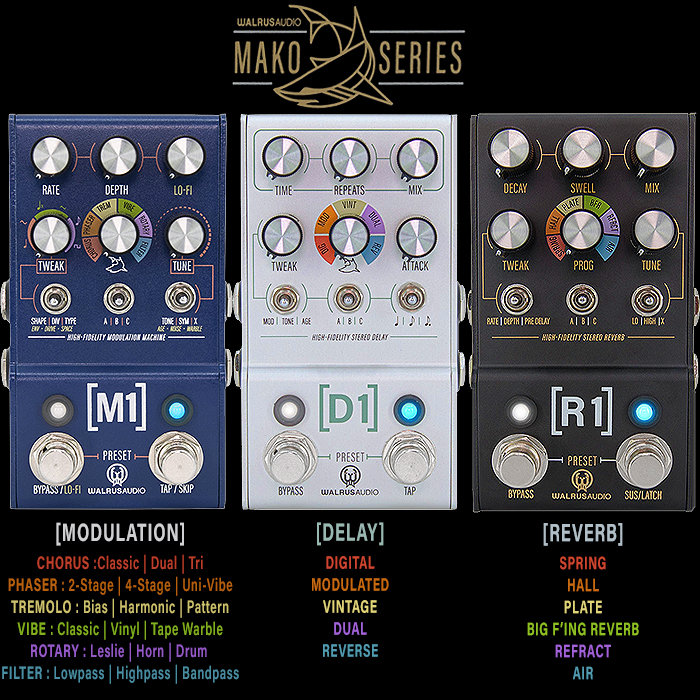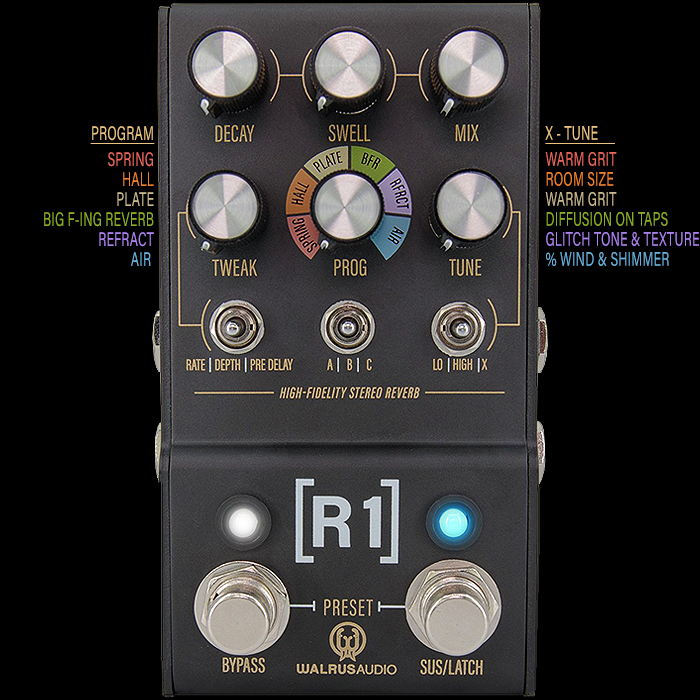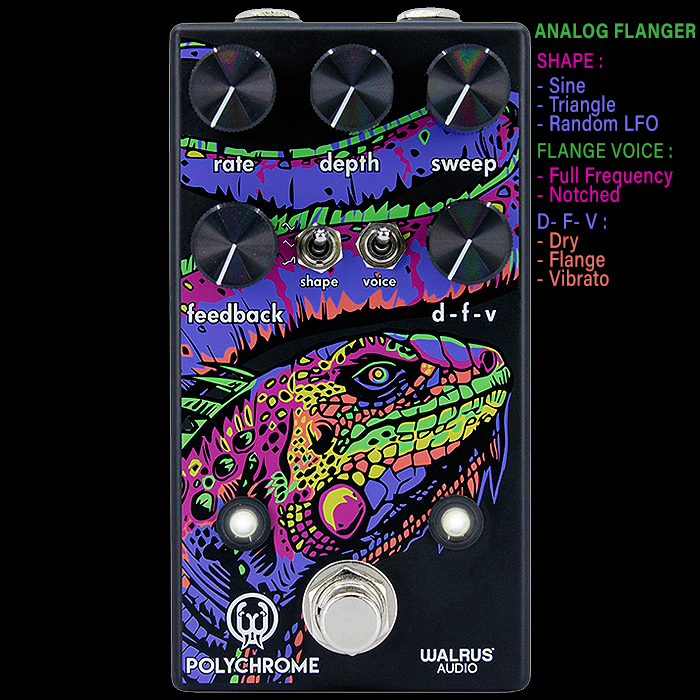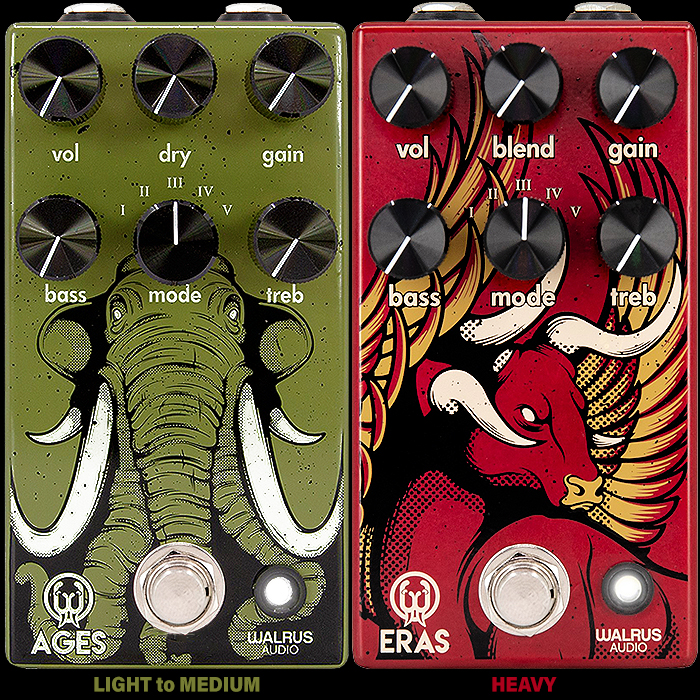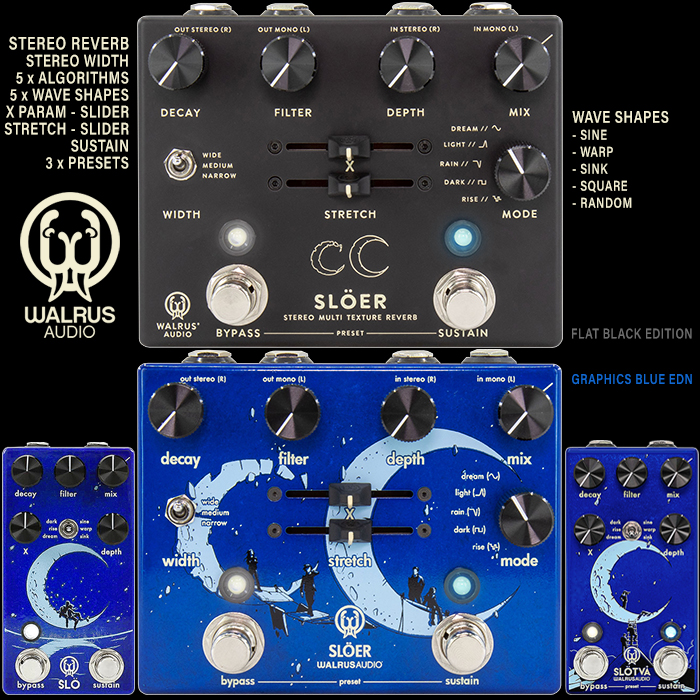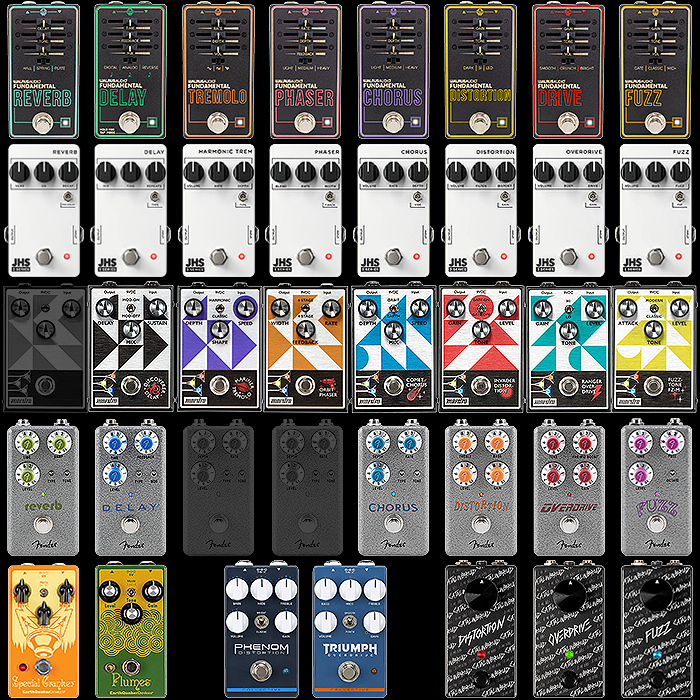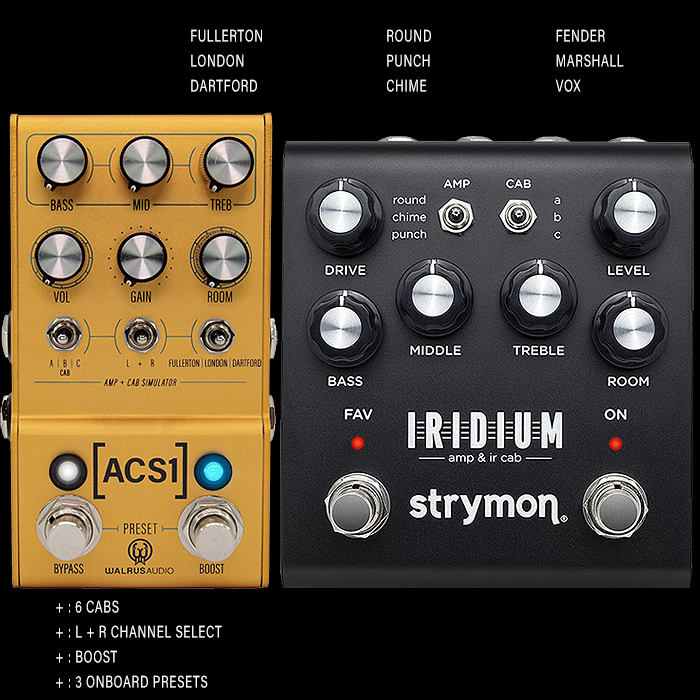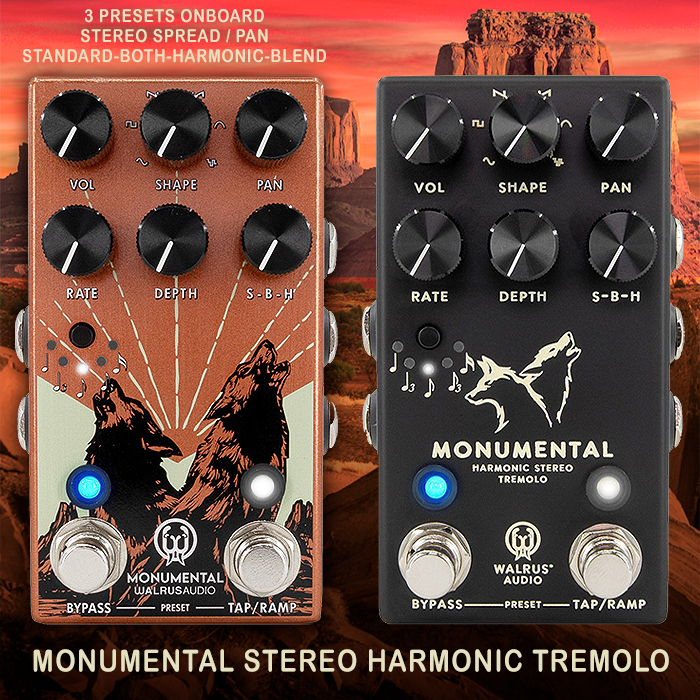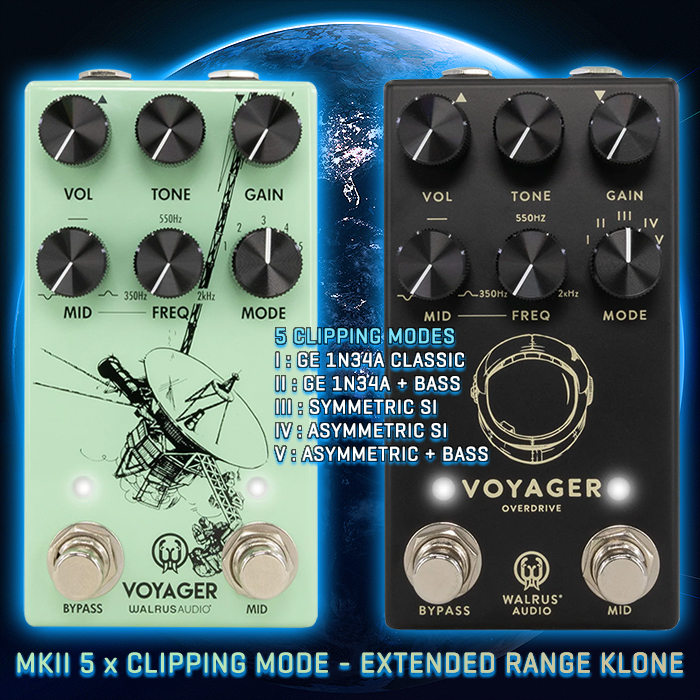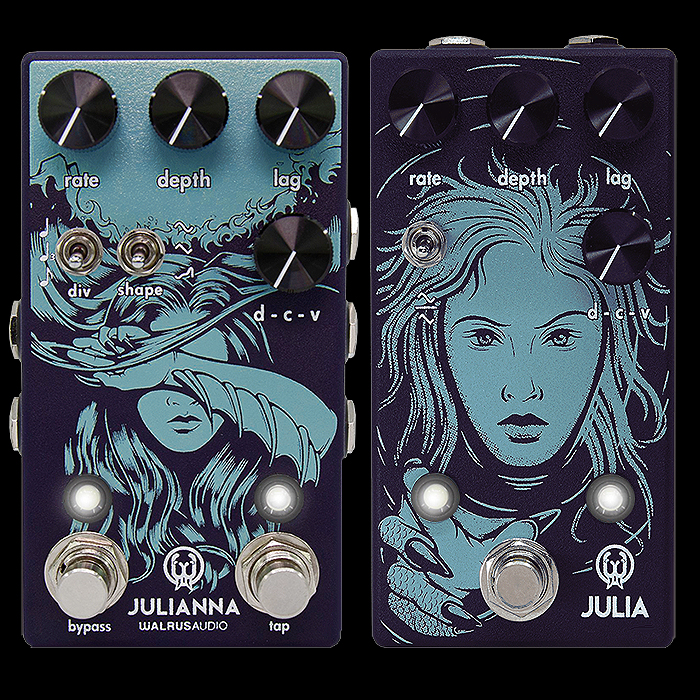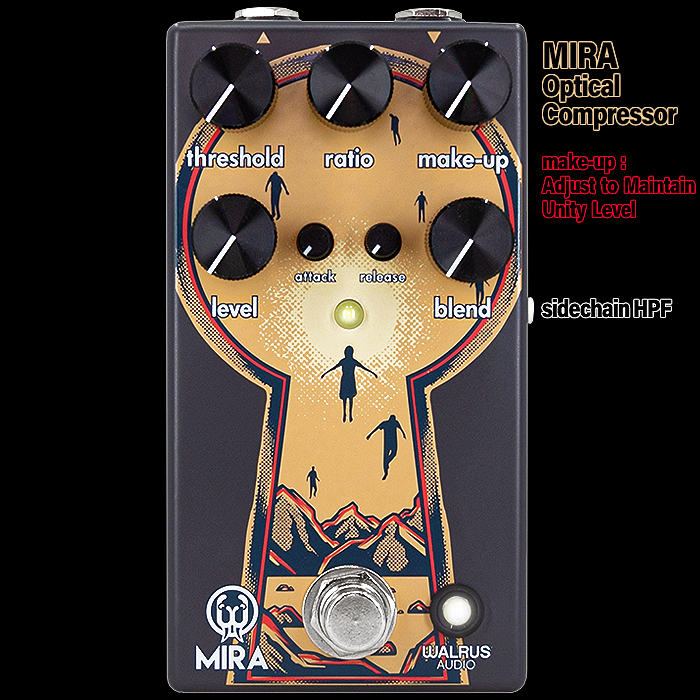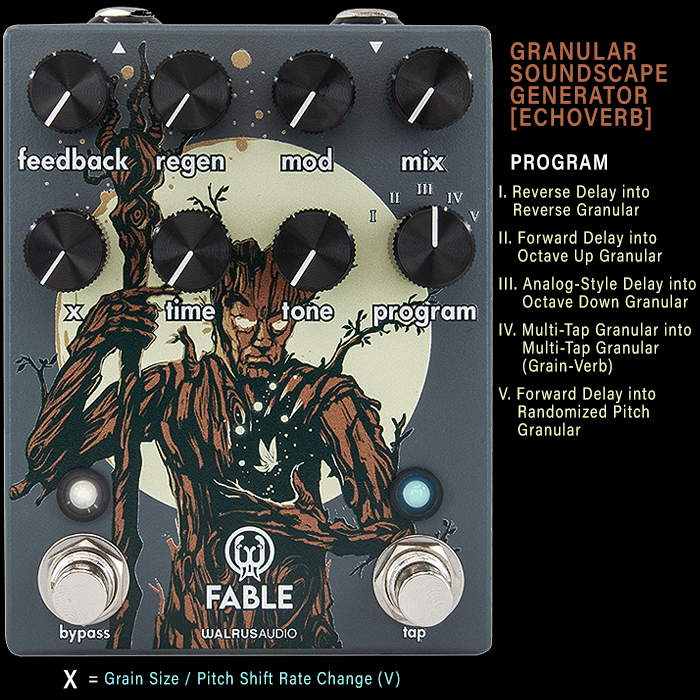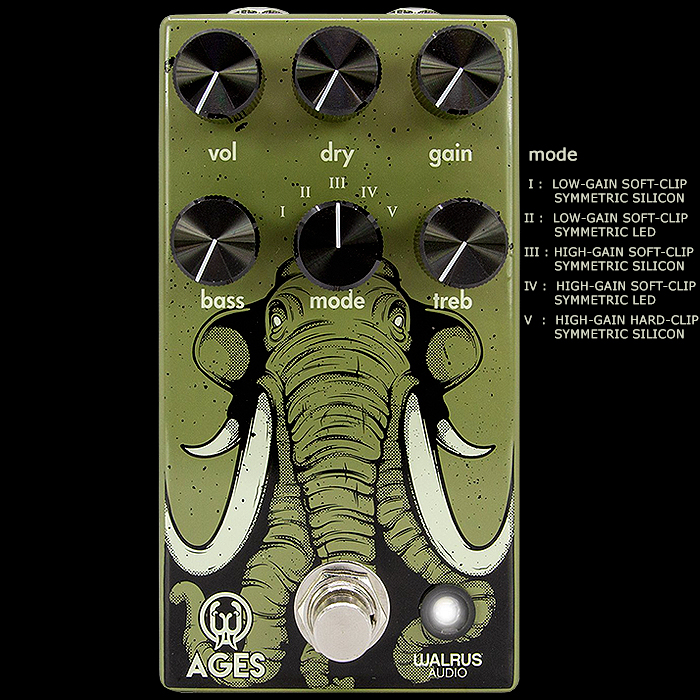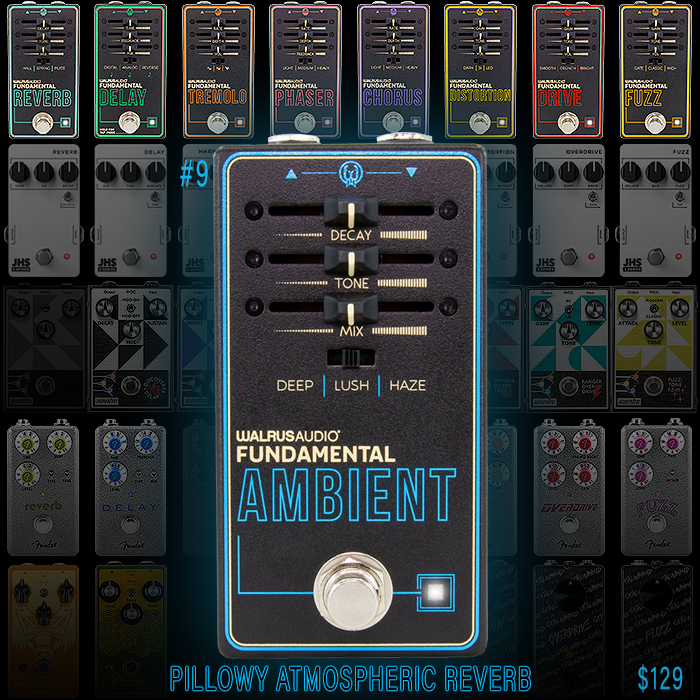Walrus Audio's Mako Series really comes of age with its extra features and new MKII screen-based control interface
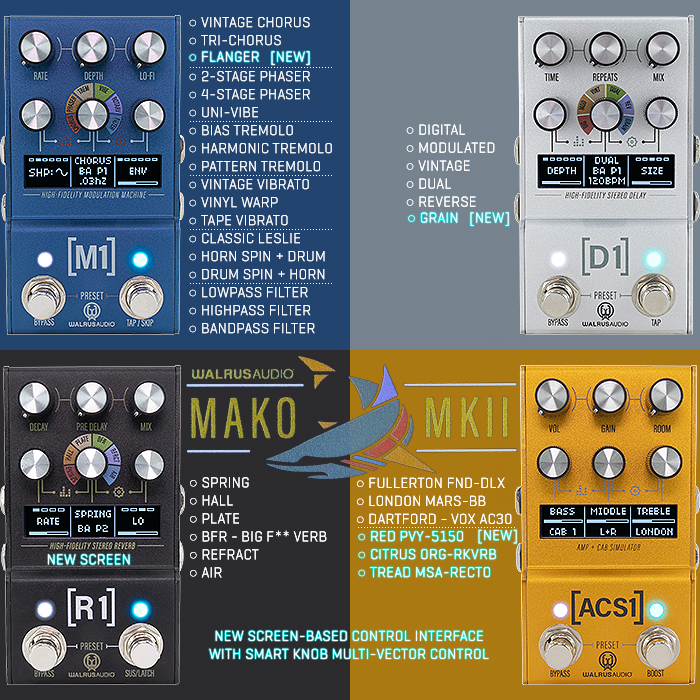
I have always liked the look of the Walrus Audio Mako Series of MI Multi-Modulator, D1 Delay, R1 Reverb and ASC1 Amp Cab and Sim. And feel that these latest changes have really propelled some of these to the top of their respective categories - particularly in terms of Compact Enclosure Editions!
The new control interface is actually remarkably simple and intuitive - the knobs above each of the 3 screen segments allow you to click through different ’pages’ or screen of options - where you then adjust those levels by twisting the nearest knob - such a neat way to click in and out of options - which interface means that there are a lot more parameters available to you - and the pedal can be evolved significantly by software updates - where the toggle-based control topology of the original variants - limited the number of options and the potential for future evolution and expansion.
I had always envisaged the possibility of pedals deploying sort of ’control strips’ in this manner - and Walrus Audio’s execution here looks to be pretty much spot on!
I’m not going to dip into all the new features here - just the key ones per pedal. Obviously all pedals share the new screen topology, and all but the R1 seemingly get notable new additions.
M1 Modulator - $399
Within the 3 formerly Chorus voicing options we now have a Flanger at last - great news for me!
D1 Delay - $399
The D1 gets an additional Granular Delay (meaning that all pedals now have a minimum 6 Modes / Voicings), it also delivers the ability to do Timmons-like Halo style Dual Delays - where you can set a different Tap Division on each stereo channel. Both excellent additions!
R1 Reverb - $399
This one has probably had the least new extras as such - while further refinements have taken place - for instance in how you apply Diffusion across the different Reverb types. The R1 here for some reason has the least appeal for me - a number of my favourite algorithms are still missing!
ACS1 Amp and Cab Sim - $399
And finally, here we get 3 new High Gain Amp Types - so beyond the ’Fullerton’ Fender Deluxe Reverb, ’London’ Marshall BluesBreaker, and ’Dartford’ Vox AC30 classic types - we now get a ’Red’ Peavey 5150, ’Citrus’ Orange RockerVerb, and ’Tread’ MESA/Boogie Dual Rectifier.
First Impressions!

I've properly decided that I really like the look of the M1 now - it has a decent enough mix of algorithms now to appeal to my preferences and sensibilities - near enough every key Modulation is covered - including most of of my favourite types - I will be looking to get that one into the collection - possibly as early as next month.
I also really like the look of the ASC1 now - those extra amp types really bring it up a level - and vastly expand that pedal's range - which has always been criticised for missing a proper Plexi voicing. If you're going to include just 3 classic amp voicings - then they really should be the Deluxe Reverb, Plexi, and AC30 - those are all the key flavours! I guess the 5150 resolved that issue a touch - and that pedal is definitely looking up now, and may pull me away from my first choice Iridium.
The M1 is pretty perfect now - that's the top dog here as far as I'm concerned - and that one's definitely entering the reference collection - the D1 and R1 still don't seem quite right for my preferences - I'm kind of hooked to the BigSky MX now in any case - so not looking to change that up any time soon, and the Boss DM-101 is still my delay unit of choice - so both of those will stay in the picture for quite a number of rotations - they should be joined relatively soon though by an M1 - nothing else here is particularly imminent for me!
All 4 are currently available for Pre-orders via Walrus Audio (for Americans) and mostly via the various International Dealers - it will be an October task for me in any case! Each one goes for $399 and equivalent and you can read more about each on the Walrus Audio Website - while there are no manuals ready yet - so still some refinements to be done seemingly.
Congratulations to Walrus in any case - they've really stolen a march on the competition here. The acid test will be in seeing how visible those screens are from a standing position - and how easy everything is to edit on the fly - it certainly looks mighty impressive from what I've seen so far!
Demos







